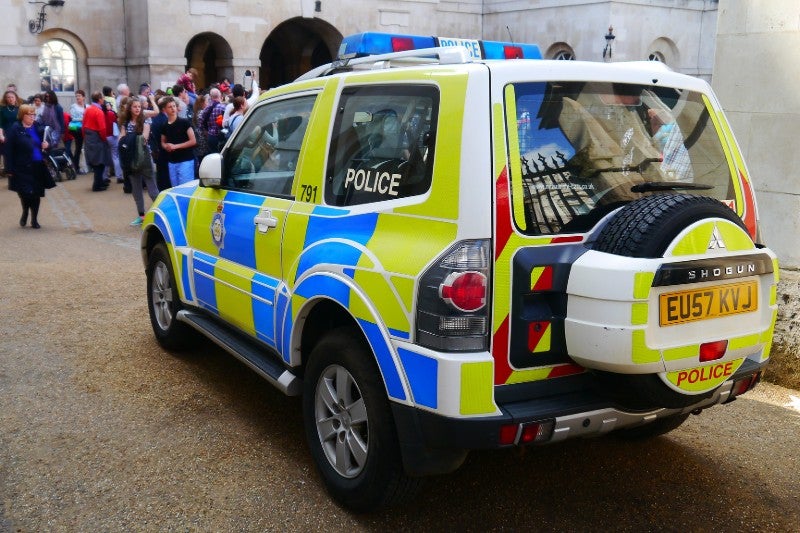
The National Audit Office (NAO) has issued a new report today stating that the UK Emergency Services Network will likely suffer further delays, and has thrown into question the accuracy of the government’s forecasts costs.
The UK Emergency Services Network is set to replace Airwave as the all-inclusive communication system for the national emergency services. However, in 2017, the Home Office found that it could not deliver the network in the manner intended and restarted the programme, which subsequently led to delays, increased costs, and the waste of taxpayer money.
After a review, the Home Office now says the programme will cost £9.3bn, including £1,4bn for extending the Airwave programme. This equates to an overspending of £3.1bn from the original plan. The new strategy is to switch from Airwave to the Emergency Services Network by 2022, a timeline which the NAO believes is still unlikely.
NAO head Amya Morse said: “The success of the Emergency Services Network is critical to the day-to-day operations of our emergency services that keep us all safe. The Home Office needs a comprehensive plan with a realistic timetable that properly considers risks and uncertainties.
“It has already been through one costly reset and is in danger of needing another unless it gets its house in order.”
UK communications infrastructure not ready
While the delivery of the UK Emergency Services Network has progressed somewhat since the previous NAO report in 2016 – including the upgrades of the EE network to enable priority emergency calls by the emergency services, and the optimisation of the Home Office’s process in delivering the project – there are still some key technological gaps that need to be filled, according to the 2019 NAO report.
How well do you really know your competitors?
Access the most comprehensive Company Profiles on the market, powered by GlobalData. Save hours of research. Gain competitive edge.

Thank you!
Your download email will arrive shortly
Not ready to buy yet? Download a free sample
We are confident about the unique quality of our Company Profiles. However, we want you to make the most beneficial decision for your business, so we offer a free sample that you can download by submitting the below form
By GlobalDataFor example, currently aircraft pilots are unable to communicate directly with ground forces or with one another, in the absence of a network signal. This kind of technology is still being developed and is expected to not meet user requirements until 2020 at the earliest.
The Home Office also currently does not have the technology to integrate and test the Emergency Services Network properly, which requires getting different types of tech to work simultaneously.
Finally, police representatives told the NAO that the Home Office’s main savings forecast of £1.5bn by 2037 through the Emergency Services Network programme had not been endorsed by the UK police force, despite the fact that the Home Office estimated the largest economic benefit – equalling around £643m – would be associated with police productivity.
In short, the NAO recommended that the Home Office reconsider whether replacing Airwave with the Emergency Services Network was achievable. This would require a new contingency plan in case the technology that the Home Office was planning to use did not actually work.



